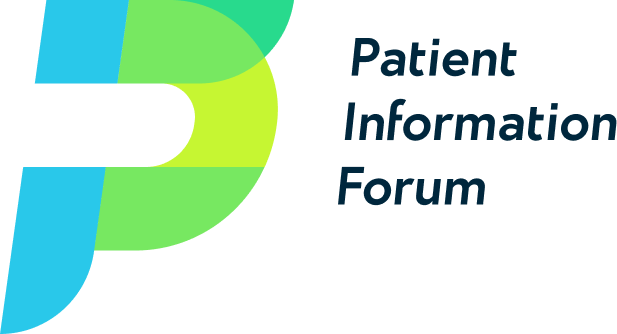
Reading age position statement
PIF guidance is to aim for a reading age of 9-11 in health information. This statement sets out our position and highlights useful tools.
Skill levels and the health literacy challenge
- Half of UK adults struggle to access trusted health information.
- Half of adults lack the minimum literacy skills to cope with everyday life.
- Health literacy can lower in stressful situations.
- Most people cannot remember basic NHS advice.
- Half of adults have difficulty judging the advantages and disadvantages of treatments.
Low health literacy is linked to:
- Poor general health.
- Increased hospital admissions.
- Low use of preventative services.
- Reduced life expectancy.
Survey results
A 2022 survey of PIF members found more than 9 in 10 supported our reading age guidance. Identified benefits included:
- Making information as accessible as possible.
- Providing consistency for the team.
- Providing guidance to external writers.
- Providing guidance for medical reviewers.
Readability tools
More than half of respondents to the survey were using a readability tool. Benefits included:
- Sense checking and improving work.
- Highlighting complex words.
- Consistency.
- Providing feedback or challenge to reviewers.
The Hemingway Editor was the most popular tool. Since the survey an NHS Medical Document Readability tool has also launched.
Limitations
Readability tools can be useful. They can help you spot long sentences, passive voice and jargon. However, they cannot tell you if text is appropriate, usable or logical.
You should always carry out extra checks on your text. This includes working with users to address health literacy issues and cultural sensitivities.
PIF’s position
PIF advocates for the principle of universal precaution to ensure access to appropriate health information for all. A reading age of 9-11 supports this goal.
Resources
Using plain language in health information – A quick guide including top tips, tools and data.
Health literacy matters – A one-page poster to help you make the case for health-literacy friendly resources.
Download this resource as a PDF below.
Reading age position statement
Reading Age Position Statement updated
